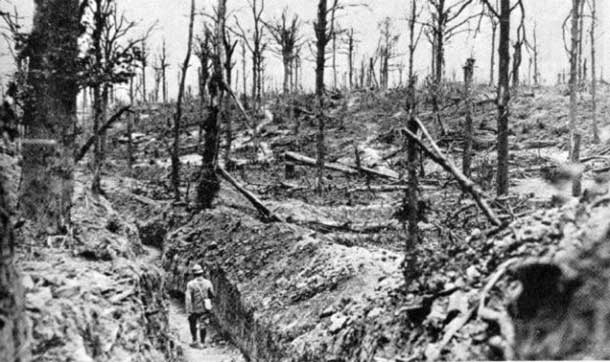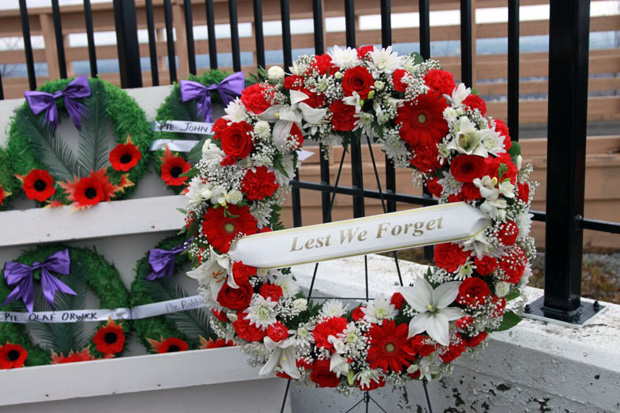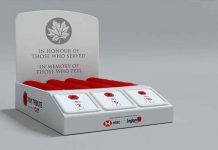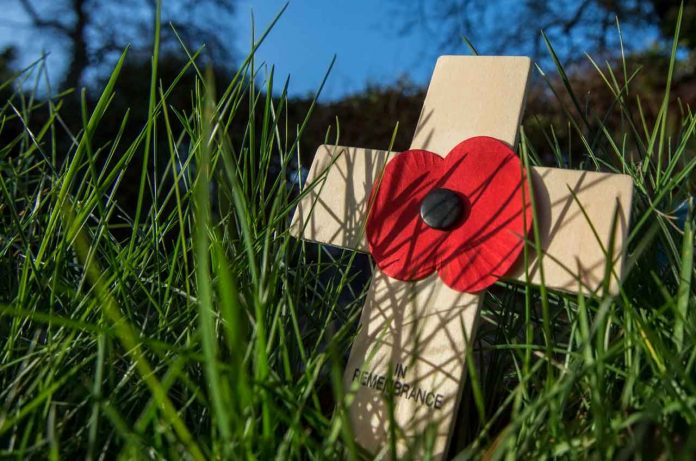
A Symbol of Remembrance
The poppy, a simple yet poignant symbol, has become synonymous with Remembrance Day, a day dedicated to honouring the sacrifices of soldiers in conflicts past and present. Its origins and significance are deeply rooted in history and emotion, resonating with millions around the globe.
In 2023 with war raging in the Gaza Strip and in Ukraine and other places where conflict is all too common, it is sometimes worth consideration that as humans, we have still not found real peace and evolved to where we find solutions without violence. We must continue to strive to that worthy goal.
The Birth of a Symbol: The Legacy of John McCrae’s “In Flanders Fields”
From Battlefield to Emblem
The story of the poppy’s association with Remembrance Day begins with a poem, “In Flanders Fields,” penned by Canadian Lieutenant Colonel John McCrae in 1915 during World War I. Written after the funeral of a friend, the poem eloquently captures the stark contrast between the war’s brutality and the delicate poppies growing on the battlefields of Flanders, Belgium.
“In Flanders Fields” – A Poetic Inspiration
McCrae’s poem quickly gained international recognition, resonating deeply with the public and war-weary soldiers. Its reference to poppies growing amidst the graves of fallen soldiers transformed the flower into a symbol of both death and renewal, sacrifice and hope.
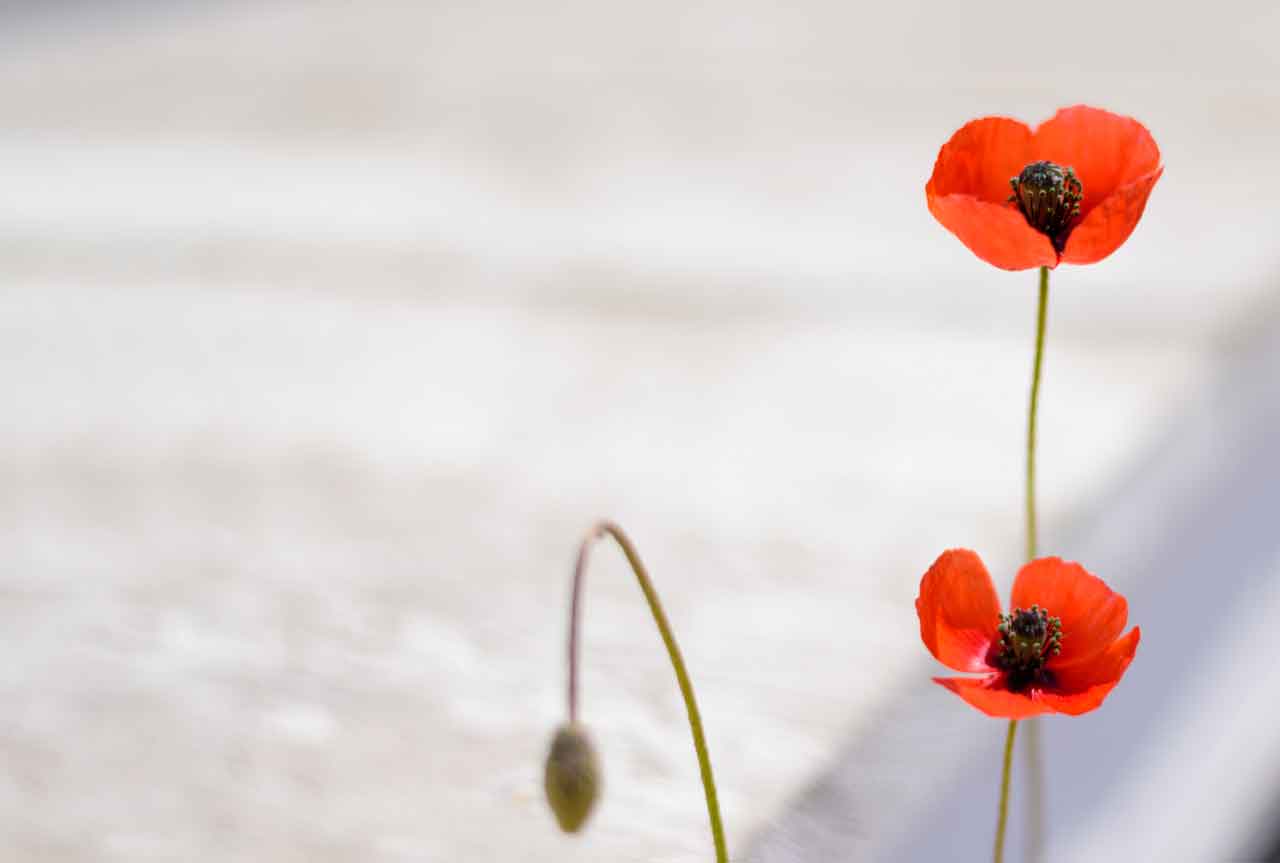
“In Flanders Fields” is a war poem written during the First World War by Canadian physician Lieutenant-Colonel John McCrae. It is one of the most famous war poems and is often recited in Remembrance Day ceremonies.
In Flanders fields the poppies blow
Between the crosses, row on row,
That mark our place; and in the sky
The larks, still bravely singing, fly
Scarce heard amid the guns below.
We are the Dead. Short days ago
We lived, felt dawn, saw sunset glow,
Loved and were loved, and now we lie,
In Flanders fields.
Take up our quarrel with the foe:
To you from failing hands we throw
The torch; be yours to hold it high.
If ye break faith with us who die
We shall not sleep, though poppies grow
In Flanders fields.
The Port Arthur Decision: Poppy as a Remembrance Symbol in Canada
A Movement Begins in Canada
The decision to use the poppy as a symbol of remembrance was first made in Port Arthur, Ontario (now part of Thunder Bay). Inspired by “In Flanders Fields,” Madame Anna Guérin of France, known as the “Poppy Lady,” proposed the idea of distributing silk poppies to raise funds for war veterans.
The Poppy Campaign Takes Root
In July 1921, the Great War Veterans Association of Canada (the precursor to the Royal Canadian Legion) adopted the poppy as their official symbol of remembrance. This marked the beginning of the poppy’s association with Remembrance Day in Canada, setting a precedent for other Commonwealth countries.
The meeting in then Port Arthur was at the Prince Arthur Hotel on Cumberland Street North. There is a plaque at the hotel marking this historic decision.
Spreading Across the Commonwealth
Adoption by the British Legion
The Royal British Legion, formed in 1921, soon adopted the poppy appeal. The first official Poppy Day was held in Britain on November 11, 1921. This initiative not only commemorated the fallen but also raised vital funds to support veterans and their families.
Global Resonance
The symbol quickly spread to other Commonwealth countries, including Australia, New Zealand, and South Africa. Each country adapted the tradition to its context, but the core symbolism of the poppy – remembering the sacrifices of fallen soldiers – remained universal.
The Poppy Today: Enduring Symbolism and Contemporary Significance
Remembrance and Reflection
Today, the poppy is a powerful symbol of remembrance, worn in the lead-up to Remembrance Day on November 11th. It serves as a reminder of the cost of war and the price of peace, encouraging reflection on past conflicts and the sacrifices made.
Educational and Charitable Impact
The poppy campaign continues to be a major source of fundraising for veterans’ support organizations. It also plays a crucial role in education, helping to teach new generations about the sacrifices made in past wars and the importance of striving for peace.
Conclusion: A Legacy of Memory and Hope
The journey of the poppy from the battlefields of World War I to a symbol of remembrance worldwide is a testament to the enduring power of memory and the universal desire for peace. As we wear our poppies each November, we remember not just the fallen, but also the hope for a world without war.

